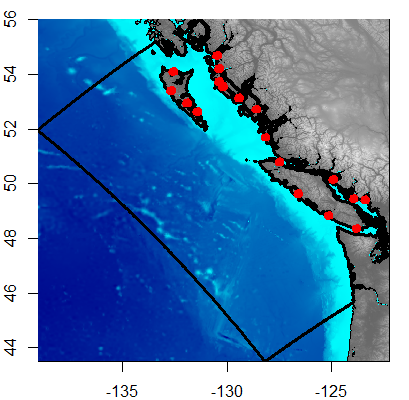A changing climate will make the conservation of marine biodiversity increasingly difficult as policies designed for current climatic conditions may not reflect those in the future. Larval dispersal and movements among populations is a crucial factor in planning networks of Marine Protected Areas (MPA) as it greatly affects population persistence and recovery. I will present some of my work quantifying larval behavior in the laboratory, to using a biophysical larval dispersal model (ROMS/LTRANS, etc) to identify patterns of larval connectivity in the present and future climate scenarios. Identifying mechanisms that drive larval dispersal and connectivity, quantifying their sensitivity to climate change, and incorporating this into planning strategies are key to developing networks of MPAs which have sound design principles that consider population connectivity and are more robust to the effects of climate change.
Remi Daigle
Post-doctoral Researcher
University of Toronto, McGill University
https://remidaigle.wordpress.com/

